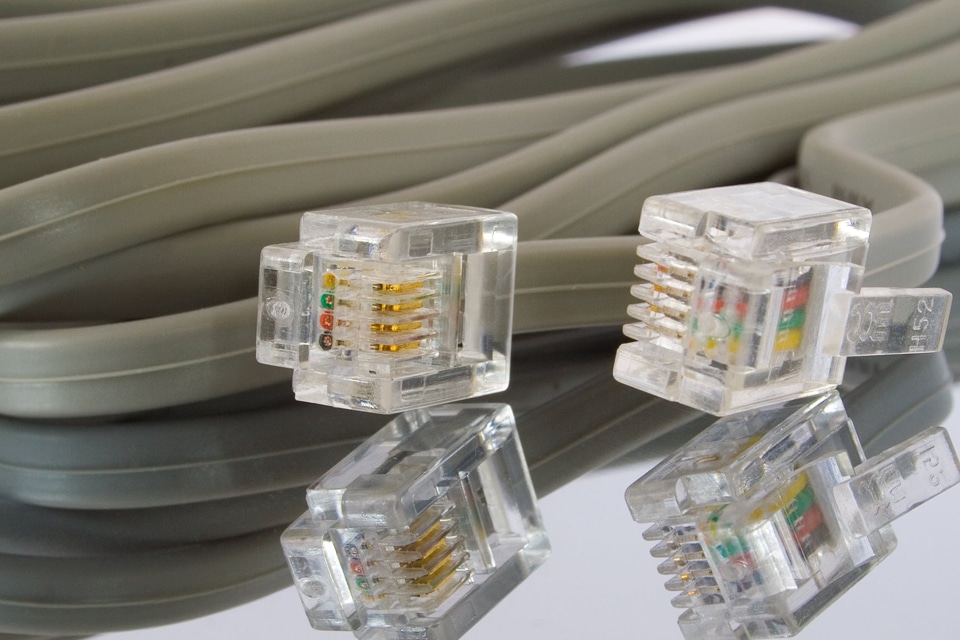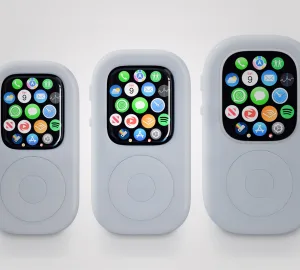The National Broadband Network (NBN) had its origins way back in 2006 when the Federal Labor Opposition wanted to establish a “super-fast” national broadband network. Although the initial rollout failed in 2010 with NBN Co, NBN eventually succeeded and took over the Internet landscape in Australia. It’s now used primarily for phone lines and the Internet across the continent.
Why Change the Telecommunications Network?
The change to telecommunications NBN brings is substantial. The NBN network, as well as their list of NBN plans, allowed Australians to have modern, high-performing networks that are designed to deliver Internet and phone services to businesses and homes.
Unfortunately, the existing telecommunication network is not for this purpose, especially now that Internet and phone use have become such an integral part of our lives. It’s estimated that 93% of Australians moved from copper networks to predominantly fiber networks since 2011. For Australians to remain competitive fast, reliable Internet isn’t an option, but a necessity.
What Happens to my Electronics During a Blackout?
Unlike copper-based Internet, fire alarms, medical alarms, and emergency phones won’t work during a blackout. They may be compatible in the future, but as for now, NBN cannot allow access to phone lines because the network requires power to function. Whereas copper networks require power from one end, fiber networks need power from both supplies.
NBN does have a built-in power resiliency in some parts of the country, but it’s not guaranteed to work at all times. Businesses and homes will need a generator or a separate battery backup to gain access to their phone and the Internet in a time of crisis. Keep in mind that the resiliency of the backup battery life is also determined by where you live and several other factors.
What Equipment Should I Back-up During a Blackout?
If you’ve made the decision to switch over to an NBN plan, you need to consider backing up the following electronic instruments as they may be needed during a crisis or blackout.
- Lift (Elevator) Emergency Phones
- Medical Alarms
- Autodiallers
- Emergency Call Buttons
- Monitored Fire Alarms
- EFTPOS or Health Claim Terminal
- Existing Landline Phone Services
- Faxes and Teletypewriter Devices
- Home or Business Security Systems
Alternatively, you could connect these systems to a copper-wiring connection if you’re worried about these devices failing. It’s better to have a guaranteed supplier than one that fluctuates depending on your service zone, so research your plans carefully before buying into one.
Will My Copper-Based Internet and Phone Service Shut-Off?
Yes, eventually, Australia will stop using copper-based technology in favor of Fixed Line (or Fiber) technology. The type of technology you get depends on your service area:
- Fiber to the Building (FTTB) or Fiber to the Node (FTTN): Connects your phone into a modem, which is found in your existing modem socket on all Australian phones.
- Fiber to Premises (FTTP): Customers can either plug their phone into their modems similarly to the FTTB or FTTN connection or into an NBN connection box.
- Hybrid Fiber Coaxial (HFC): Connects directly into the green port on your modem.
- Fixed Wireless: With Fixed Wireless, you can choose to keep your existing copper phone line if you want it to work during an emergency.
If you live in an area with a Fixed Wireless satellite, you can keep your copper network active or switch to a VoIP to access an NBN through your preferred provider. Either option will be better for emergency services, like hospitals or EMTs, or businesses that have to continue working during a blackout. It’ll also be great for homes that need help during a weather disaster or fire.






